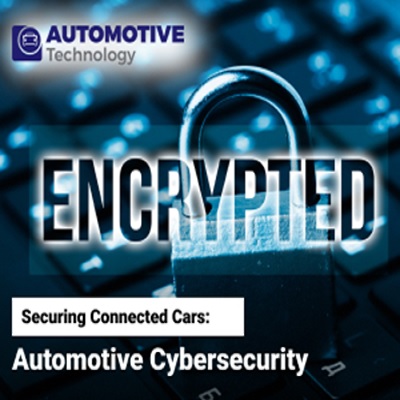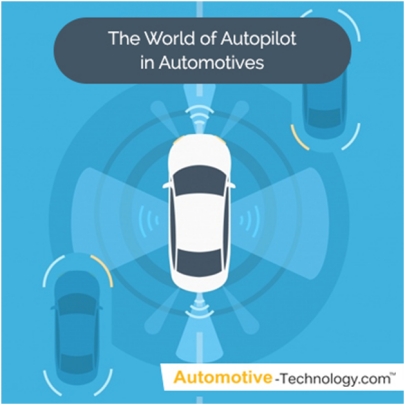Securing Connected Cars: Automotive Cybersecurity

The automotive sector is undergoing a profound shift due to the emergence of connected and autonomous vehicles. These advanced technologies are set to revolutionize our driving encounters by providing improved safety, efficiency, and convenience. Yet, as vehicles become more integrated into the digital realm, the potential for cyber threats becomes a significant concern. It is imperative to establish strong cybersecurity protocols to protect these vehicles and ensure the safety of their passengers. Let's explore the realm of automotive cybersecurity, delving into the challenges, remedies, and the critical importance of securing connected and autonomous vehicles.
Grasping the World of Connected and Autonomous Vehicles
Connected vehicles come equipped with internet connectivity, allowing them to exchange data with other devices, networks, and infrastructures. This connectivity enables functions like real-time navigation, remote diagnostics, and entertainment systems. On the other hand, autonomous vehicles utilize sophisticated technologies such as sensors, cameras, and artificial intelligence to function without human intervention. These vehicles hold the promise of significantly reducing accidents and improving transportation efficiency.
The Cybersecurity Challenges
Despite the undeniable benefits, the integration of connectivity and automation in vehicles introduces a host of cybersecurity challenges. Hackers can potentially exploit vulnerabilities in the vehicle's software, network, or communication systems, leading to severe consequences such as remote hijacking, data theft, and even physical accidents. A cyber-attack on a connected or autonomous vehicle could compromise passenger safety, breach privacy, and disrupt the smooth functioning of traffic networks. Therefore, the automotive industry must proactively address these vulnerabilities to ensure a secure driving environment.
Key Vulnerabilities in Automotive Cybersecurity
One of the primary vulnerabilities lies in the software that controls various aspects of the vehicle, including its engine, brakes, and navigation. Any flaws or backdoors in this software could be exploited by malicious actors. Additionally, the communication protocols used in vehicle-to-vehicle (V2V) and vehicle-to-infrastructure (V2I) communications must be fortified against interception and manipulation. Moreover, the massive volumes of data generated by connected vehicles can be a goldmine for cybercriminals, demanding stringent data protection measures.
Safeguarding Connected and Autonomous Vehicles
Automakers and cybersecurity experts are collaborating to implement robust security measures to protect connected and autonomous vehicles. These initiatives include:
- Encryption and Authentication: Implementing robust encryption protocols and multifactor authentication can prevent unauthorized access to critical vehicle systems and data.
- Intrusion Detection Systems (IDS): IDS can monitor the vehicle's network for any unusual activity, enabling the early detection of potential cyber threats.
- Over-the-Air Updates (OTA): Regular OTA updates can patch vulnerabilities and ensure that the vehicle's software remains up-to-date, thus reducing the risk of exploitation.
- Hardware Security: Incorporating secure hardware components, such as secure microcontrollers, can fortify the vehicle's defense against hardware-level attacks.
- Collaborative Efforts: Collaboration between automotive manufacturers, cybersecurity firms, and regulatory bodies is essential to establish industry-wide standards and best practices for automotive cybersecurity.
- Employee Training: Educating employees about cybersecurity best practices and the importance of adhering to security protocols can significantly minimize the risk of internal security breaches.
The Role of Regulations and Standards
Regulatory bodies play a crucial role in ensuring that automotive cybersecurity remains a top priority for manufacturers. Governments worldwide are developing and implementing regulations that mandate certain cybersecurity standards for connected and autonomous vehicles. These regulations aim to enforce the adoption of secure development practices, data protection measures, and incident response protocols across the automotive industry.
The Evolving Realm of Automotive Cybersecurity
With the ongoing evolution of technology, the future of automotive cybersecurity is set to witness significant progress. The incorporation of advanced AI-powered security systems, blockchain technology for secure data sharing, and improved vehicle-to-everything (V2X) communication protocols will play a crucial role in strengthening the cybersecurity framework of connected and autonomous vehicles.
Conclusion
The transformative potential of connected and autonomous vehicles is immense, promising unprecedented levels of safety, convenience, and efficiency. However, this potential can only be realized in a secure and resilient digital environment. Therefore, the continuous collaboration between the automotive industry, cybersecurity experts, and regulatory authorities remains crucial in mitigating the ever-evolving threats posed by cybercriminals. By implementing robust cybersecurity measures, the automotive industry can ensure that the future of mobility is not only connected and autonomous but also safe and secure for all.



